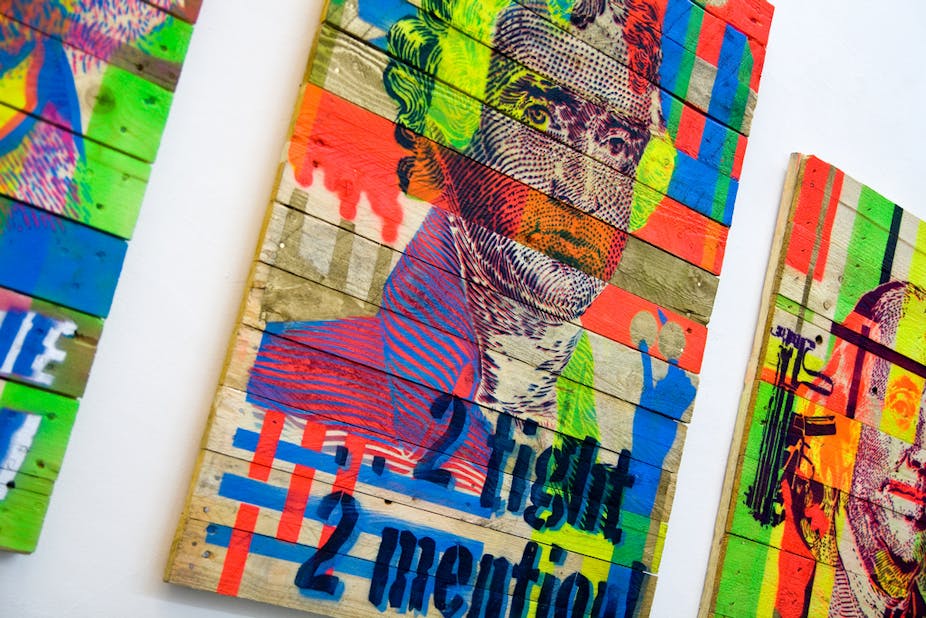The US debt crisis is over for now, but legislators have just kicked the can down the road. In this series on the US debt ceiling, academics from Australia, the UK and the US assess the lingering global implications.
In terms of economic policymaking, it is difficult to view the events of the past few weeks in the US congress as anything other than a debacle.
The shutdown of the US Government and the flirtation with default are immune to any positive spin. It is therefore not surprising that international observers have responded negatively as well, with Chinese and European officials questioning the ability of the dollar to serve as the global currency. However, it is important to avoid overreacting to this political dysfunction.
American economic policy since the Global Financial Crisis has been a boon to the global economy. Those who argue that the US has printed “too many dollars” misunderstand what a hegemonic reserve currency is for – especially in the aftermath of a crisis. Even five years after the GFC, the world has far more to lose from a dollar shortage than it does from a dollar surplus.
In formal terms, US policymakers face what was diagnosed in the 1950s as a “Triffin Dilemma” between priorities of dollar stability or liquidity.
On the one hand, the US could seek to promote dollar stability. If that is the goal, the US should run budget surpluses and the Federal Reserve should keep interest rates high, refraining from any quantitative easing. Austerity would be the watchword. The problem? This would tank the world economy. “Too few dollars” would lead to too little demand.
On the other hand, the US can seek to promote dollar liquidity. If this is the goal, US policymakers should print dollars and run deficits. This would lead to greater growth. The theoretical objection is that this could risk US inflation and destabilise the dollar.
This fear of “too many dollars” might have been a more realistic concern in the 1950s, when the Triffin Dilemma was first diagnosed and strong American labor unions stood ready to instigate a wage-price spiral. However, US inflation as a fear in 2013 ranks just shy of killer bees. Thirty years ago, Ronald Reagan smashed US unions and they never came back. In the long term, inflation might revive itself, but – as Keynes noted – in the long run, we’re all dead. “Too many dollars” is not, in 2013, a real concern.
What, then, are the implications for the dollar as a world currency? Granted, the US should be faulted for legislative follies – but not for its macroeconomic policy. Consider the issue of what might replace the dollar?
China lacks a convertible currency (and a good thing right now, too – as one shudders to think of the speculative boom-and-bust that might follow from such currency internationalisation.)
How about the Euro? One can only answer “The Euro? Really?” The German stranglehold on the European economy is not something anyone should want replicated on a global scale. When economic historians look back at the European Central Bank’s response to the GFC, they will not have kind things to say.
One further question might then be to ask why, in this light, Zhou Xiaochuan, governor of the People’s Bank of China (PBOC) recently suggested “It is perhaps a good time for the befuddled world to start considering building a de-Americanised world.” Indeed, this builds on his earlier calls in March 2009 for the establishment of a “super-sovereign reserve currency”. If American demand is ultimately necessary to China’s growth, why would a Chinese official criticise the profligacy of American policymakers?
While I claim no specific expertise in Chinese politics, Neil Irwin recently argued in his book The Alchemists that the Chinese Central Bank has an institutional interest in promoting convertibility. In this light, Zhou’s arguments should be seen as attempt to put macroeconomic arguments in geopolitical terms, to justify moves toward currency convertibility. To be sure, this would not be the first time a policymaker misunderstood such national interests. In 1925, British Chancellor of the Exchequer Winston Churchill made the pound convertible at its prewar parity – a move which “looked strong,” but helped crash the British economy.
If, matters of style aside, the US is to be criticised for anything wrong since the GFC, it is for doing too little in terms of running deficits and prompting demand. The recent budgetary sequester is a recent example of how austerity, as Brown University’s Mark Blyth put it, is a “dangerous idea.” Ultimately, the proper role for a hegemon is to print money.
The worst consequence of the shutdown would therefore be to draw the wrong lesson. US style may awful, but its policy substance is sound – and should be broadly continued.
This is the first in our “Kicking the can” series on the US debt ceiling. Click on the links below to read the others.
US debt crisis heralds the return of the Tea Party
Obamacare can’t make sense in a divided economy
A culture of dysfunction: is Washington headed for Groundhog Day?

